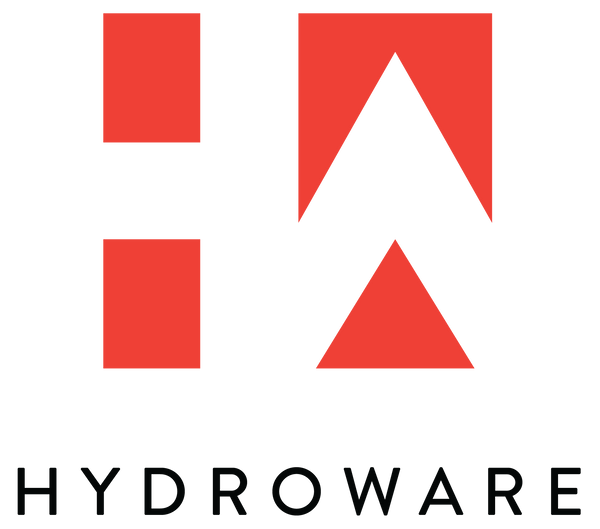Introduction: Installing a shower drain may seem complicated, but with the right tools and a little know-how, you can easily tackle this home improvement project. In this blog, we’ll guide you through the process of installing a shower drain, from choosing the right model to step-by-step installation.
Key Points:
-
Choosing the Right Shower Drain:
- Square Series Drains: Ideal for traditional and modern spaces, square drains are an excellent choice for standard showers.
- Linear Drains: Perfect for walk-in showers or large bathroom renovations, linear drains provide a sleek, seamless look.
- Triangle Drains: For corner showers, triangle drains offer an efficient use of space while maintaining modern design.
-
Tools and Materials You’ll Need:
- Shower drain kit (drain body, grate, strainer)
- PVC pipe and pipe cement
- Silicone sealant
- Adjustable wrenches
- Measuring tape
- Plumber’s putty (optional)
-
Step-by-Step Installation Instructions:
- Prepare the Area: Ensure the shower floor is properly sloped towards the drain for optimal water flow.
- Mark the Drain Location: Measure and mark where the drain will go. If you're installing a linear drain, make sure the space is wide enough to accommodate the length of the drain.
- Cut the Floor and Install the Drain Pipe: Depending on the type of drain, you may need to cut a hole in the floor. Secure the pipe with PVC cement.
- Install the Drain Body: Fit the drain body into the hole, ensuring it’s securely placed. Seal it with silicone sealant to prevent leaks.
- Attach the Drain Grate: Once the drain body is set, attach the drain grate or cover. Ensure it fits snugly and is level.
-
Common Installation Mistakes to Avoid:
- Incorrect Slope: Ensure the floor is sloped properly towards the drain. An improper slope can cause standing water or slow drainage.
- Not Using Enough Sealant: Insufficient sealant around the edges of the drain can result in leaks, so be generous with your application.
- Tightening the Drain Too Much: Over-tightening the drain can cause it to crack or become misaligned, leading to future drainage issues.
Conclusion: Installing a shower drain can be a rewarding DIY project if done correctly. By following the steps outlined in this guide and choosing the right shower drain for your needs, you can ensure that your shower performs well and looks stylish for years to come.

